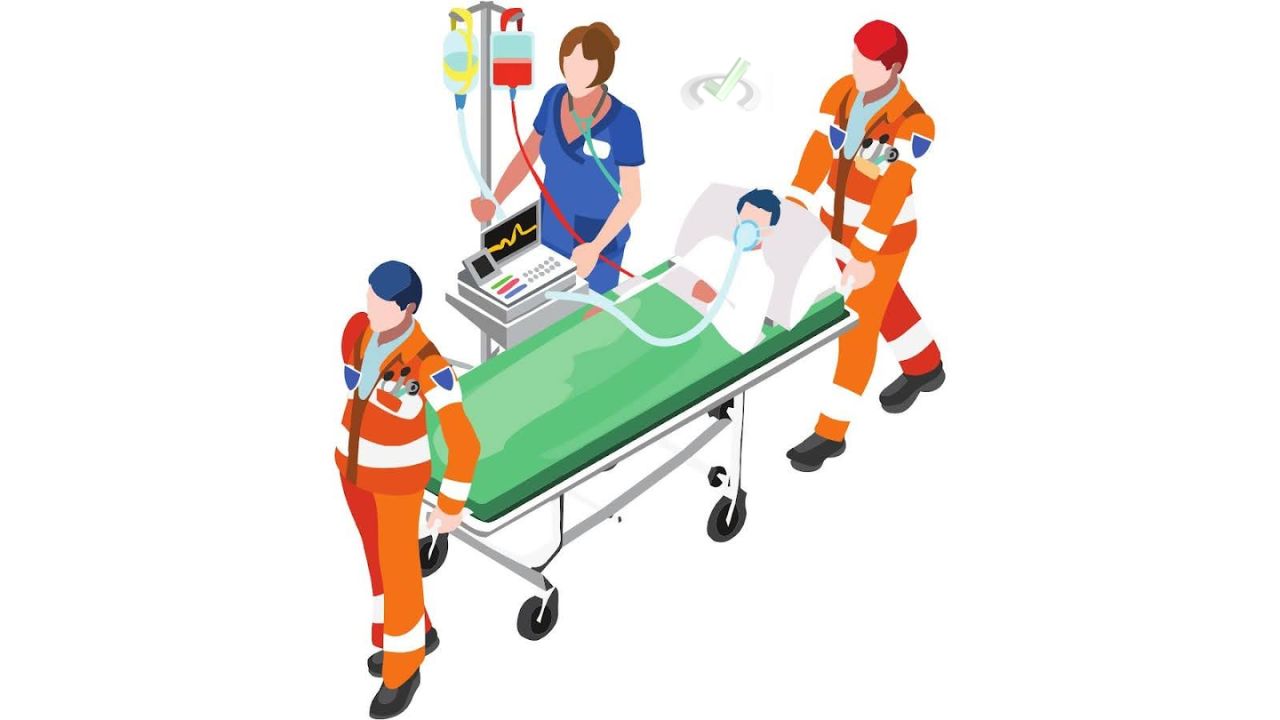Imagine the following scenario: the attending physician calls for action, the patient's oxygen levels fall, and the monitor beeps. Intervening, the nurse gives an intravenous dose while watching for any sudden changes. This instance embodies the core of parenteral and pharmaceutical therapies: taking prompt, appropriate action to preserve life.
If you’re gearing up for the NCLEX-RN, mastering Pharmacological and Parenteral Therapies in NCLEX-RN isn’t just about passing an exam. It’s about preparing to handle real-life situations where every second counts.
This guide unpacks key concepts, routes of administration, medication categories, and essential tips to boost your confidence. With clear explanations and practical examples, you’ll find everything you need to ace this section.

Why Pharmacological and Parenteral Therapies Are Game-Changers
Medications can heal or harm depending on how they’re handled. Nurses are at the frontline, ensuring that patients receive the right drug, in the right amount, and at the right time. Pharmacological and parenteral therapies aren’t about memorizing lists of drugs—they’re about understanding how medications work and applying that knowledge to patient care.
This section of the NCLEX-RN focuses on:
Every route, dosage, and side effect matters. That’s why this section deserves your attention.
The Blueprint: What NCLEX-RN Expects

The NCLEX doesn’t test how much you’ve memorized—it tests how you apply that knowledge in patient care scenarios. Here’s what you can expect:
Major Drug Classes You Must Know
Understanding drug classes is essential for safe and effective patient care. These categories give you a solid foundation to recognize medications, their uses, and how to handle them confidently on the NCLEX-RN and beyond.
1. Cardiovascular Medications: Keeping the Heart in Check
The heart never rests, so cardiovascular medications play a crucial role in keeping it healthy.
Key Examples:
NCLEX Pro Tip: Always know the antidotes. For warfarin, it’s vitamin K. For heparin, use protamine sulfate. These have the power to create or destroy life.
2. Antibiotics: Targeting Infections Effectively
Although antibiotics are life-saving they must be used carefully to prevent resistance and side effects.
Important Types:
Quick Fact: Always check for drug interactions. For example, antibiotics like tetracyclines can reduce the effectiveness of oral contraceptives.
3. Diabetes Medications: Mastering Insulin Therapy
Diabetes management revolves around keeping blood glucose levels stable. Nurses must understand insulin types and their timing to prevent complications.
Key Insulin Types:
NCLEX Alert: Rotate injection sites to avoid lipodystrophy. Teach patients to inspect their skin for changes regularly.
4. Pain Management Medications: Relieving Discomfort Safely
Pain is a common reason for hospitalization. Nurses must administer analgesics carefully to prevent under- or overdosing.
Types to Know:
NCLEX Insight: Always reassess pain after giving medication. Document changes and ensure the patient’s comfort.
Routes of Administration: What to Watch For

A vital component of safe nursing practice routes of administration dictate how drugs are administered and absorbed. Accurate delivery and reduced patient risks are ensured by knowing the subtleties of each route.
1. Intravenous (IV) Therapy: Delivering Medications Fast
Particularly in emergency situations IV therapy guarantees quick drug delivery.
Key Points:
Safety Alert: Never push potassium chloride directly. Always dilute and infuse slowly to avoid cardiac arrest.
2. Intramuscular (IM) Injections: Reaching Deep Tissue
IM injections absorb quickly thanks to rich blood supply in the muscles.
Safe Sites:
3. Subcutaneous (SubQ) Injections: Steady and Reliable
Insulin and anticoagulants are perfect candidates for SubQ injections because they offer gradual reliable drug absorption.
Essentials:
Common Pitfalls and How to Avoid Them
When it comes to parenteral and pharmaceutical therapies even the most prepared nurses may encounter difficulties. Patient safety can be enhanced and mistakes can be avoided by being aware of common pitfalls and how to avoid them.
Medication Mistakes
Medication administration errors have the potential to be fatal. Avoid them by adhering to safety precautions.
Tips to Stay Safe:
Spotting Adverse Reactions
Medications dont always work as intended. Nurses need to recognize complications and act on them right away.
Watch Out for these signs:
Emergency Scenarios: Acting Fast and Smart

A patient's life can be saved by understanding how to handle potentially fatal situations involving drugs.
Anaphylaxis
Anaphylaxis is an extremely dangerous allergic reaction that requires immediate medical attention.
Steps to Take:
Overdose Responses
Care for overdose victims must be precise and timely.
Examples:
Understanding High-Alert Medications: Precision is Key
High-alert medications require extra caution because even a small error can lead to severe patient harm. These drugs are not inherently dangerous, but the consequences of misuse can be catastrophic. The NCLEX-RN expects you to understand these medications inside and out—how to handle them safely, monitor patients closely, and intervene effectively if something goes wrong.
What Are High-Alert Medications?
High-alert drugs are those that have a greater potential to be extremely harmful if taken improperly. Drugs like insulin, opioids, anticoagulants, and concentrated electrolytes like potassium chloride come to mind. It takes attention to detail, precise computations, and a thorough comprehension of their workings to administer these.
These drugs are listed in detail by the Institute for Safe Medication Practices (ISMP), which emphasizes the importance of standardized procedures and double-checking. You will come across these in situations on the NCLEX-RN that will assess your capacity to avoid mistakes and handle unfavorable reactions.
Examples of High-Alert Medications in Practice
Here’s a closer look at some high-alert medications you’ll likely see on the exam:
NCLEX Tips for High-Alert Medications
High-alert medications demand extra care and precision due to the severe risks involved with even minor errors. These tips will help you handle these drugs confidently and safely, both during the NCLEX-RN and in real-life practice.
Tips for Success on Pharmacological and Parenteral Therapies in NCLEX-RN

Mastering pharmacological and parenteral therapies takes more than memorizing drug names and dosages. These practical tips will help you approach the NCLEX-RN with confidence, ensuring you’re prepared for every question and scenario.
Conclusion: Mastering Pharmacological and Parenteral Therapies in NCLEX-RN
Pharmacological and parenteral therapies test your ability to think critically, act quickly, and care for patients effectively. From understanding drug classes to mastering administration routes, these skills are the backbone of nursing.
Approach this section with focus and determination. You’re not just preparing for an exam—you’re building a foundation for a lifelong career in healthcare. Keep studying, stay confident, and take one step closer to becoming the nurse you’ve always aspired to be.
